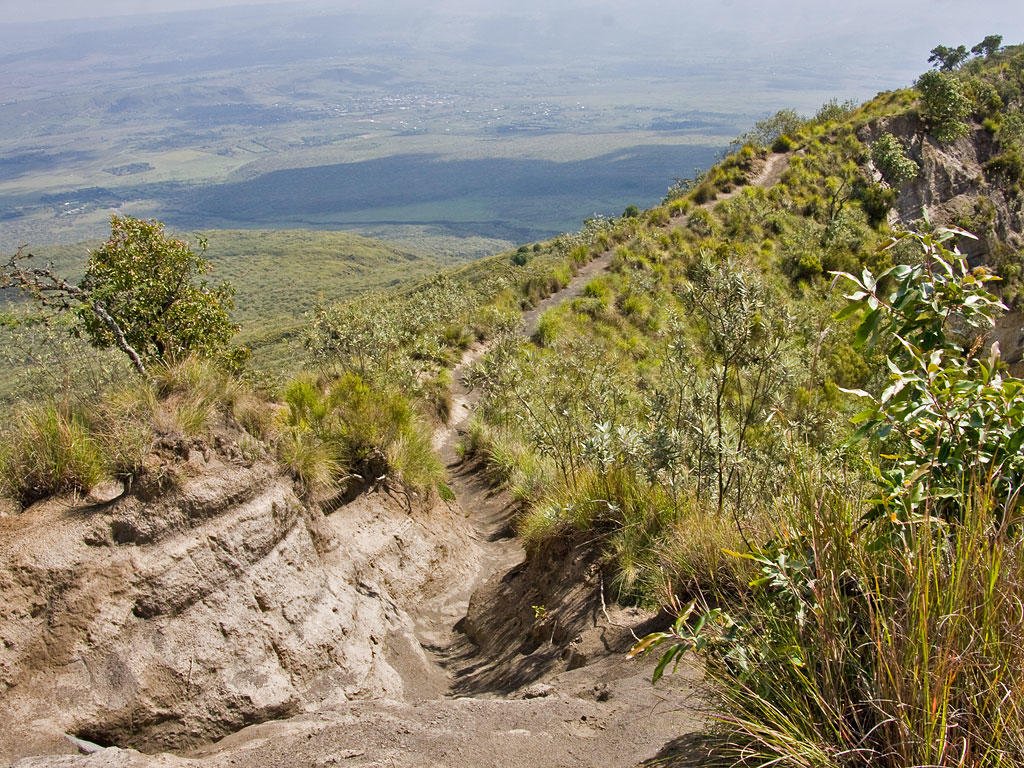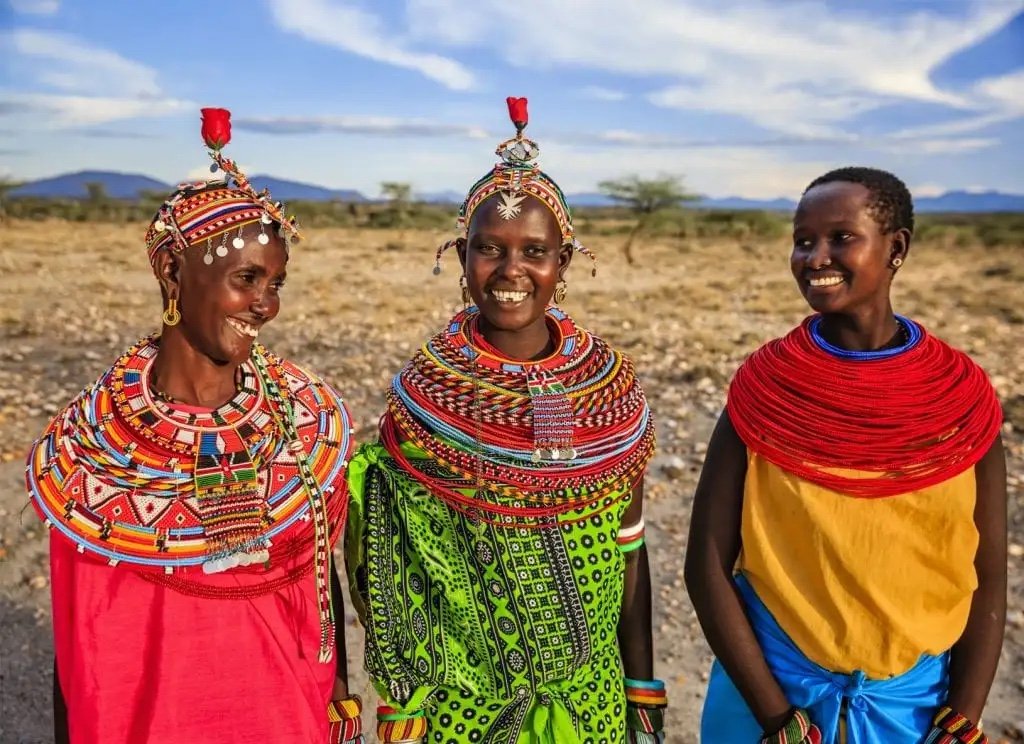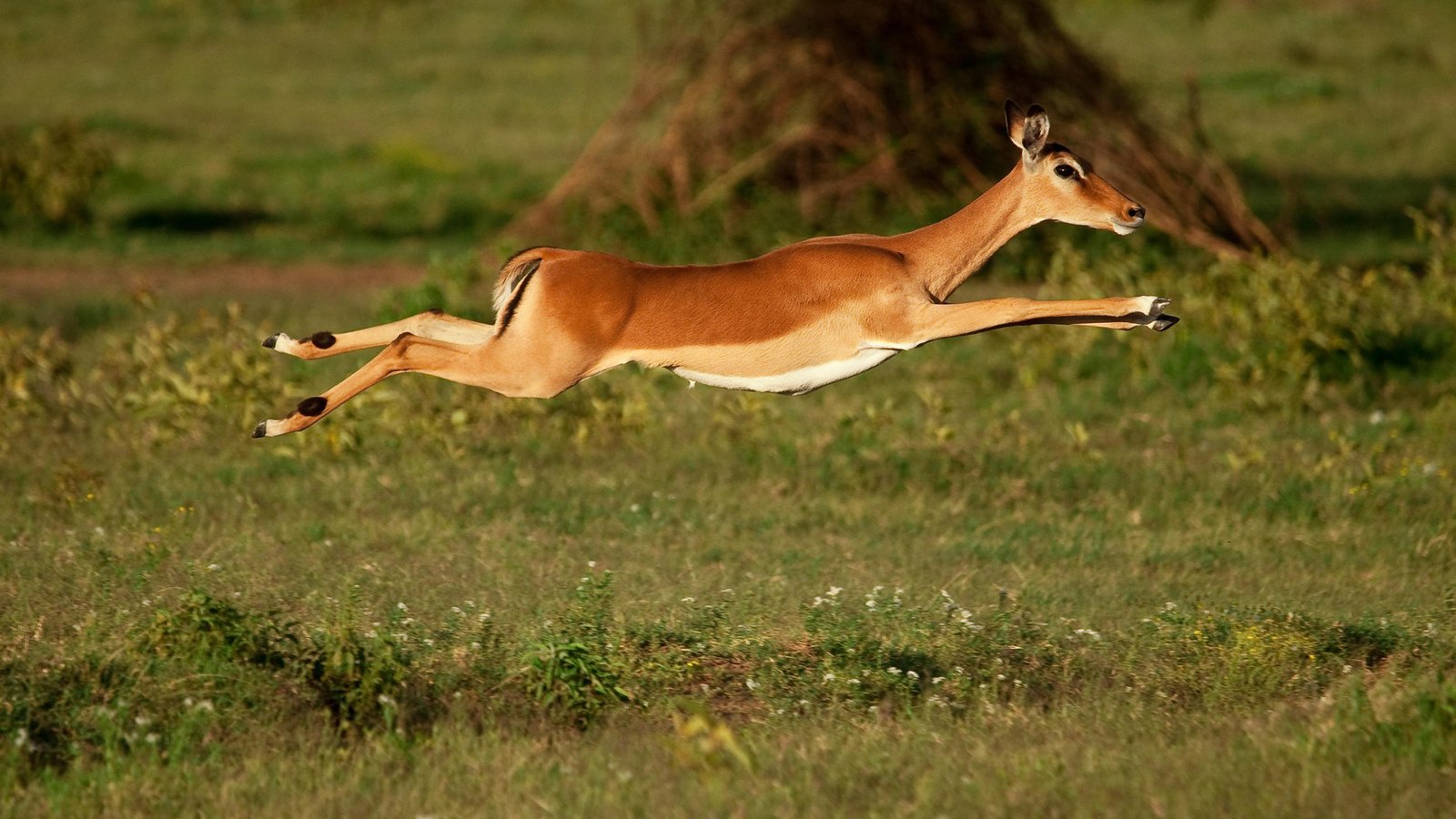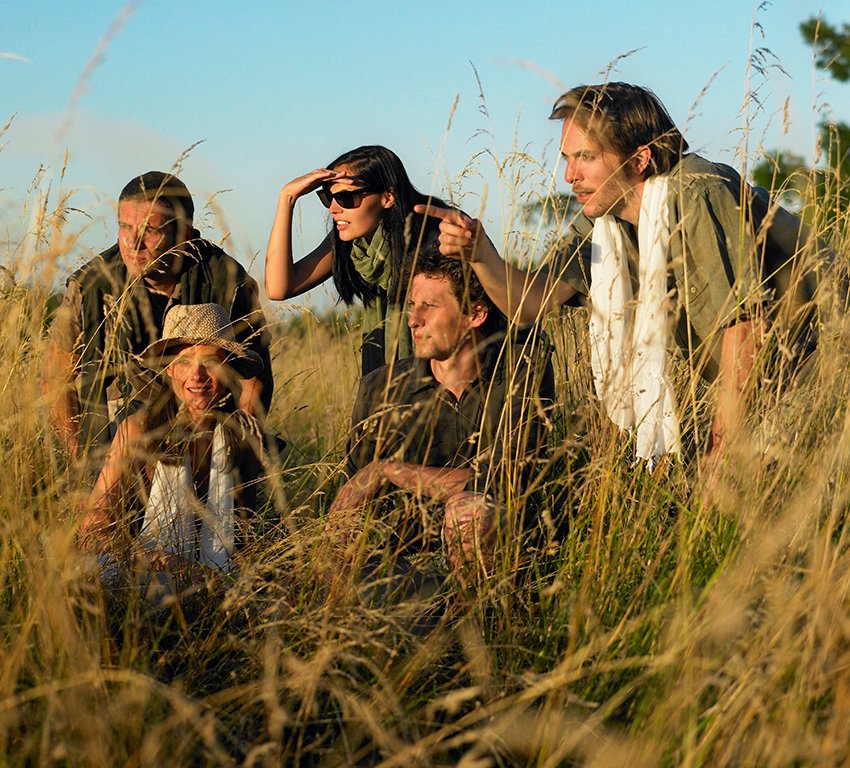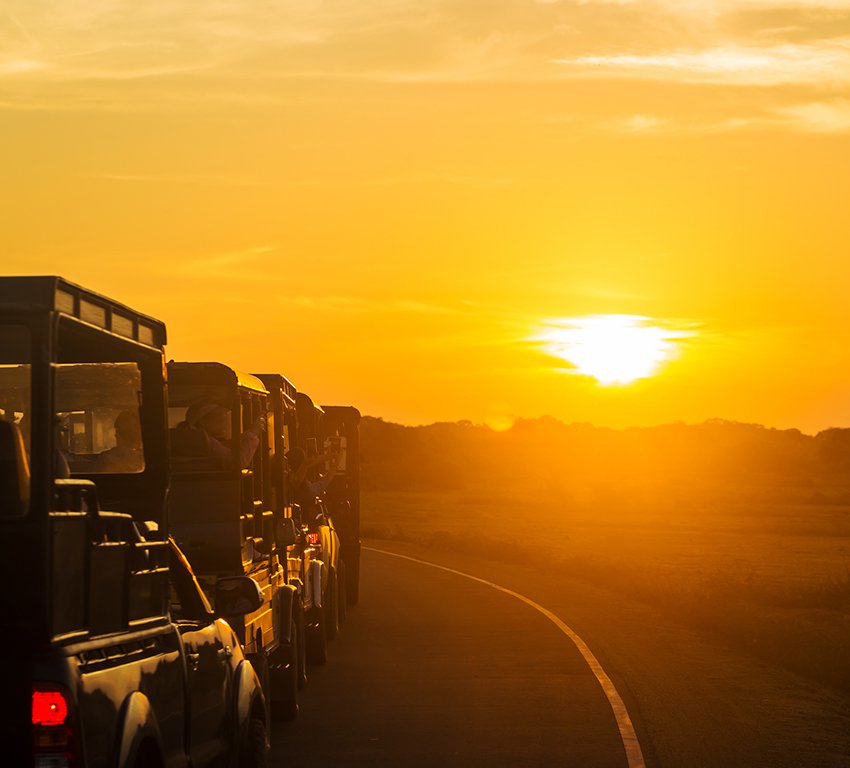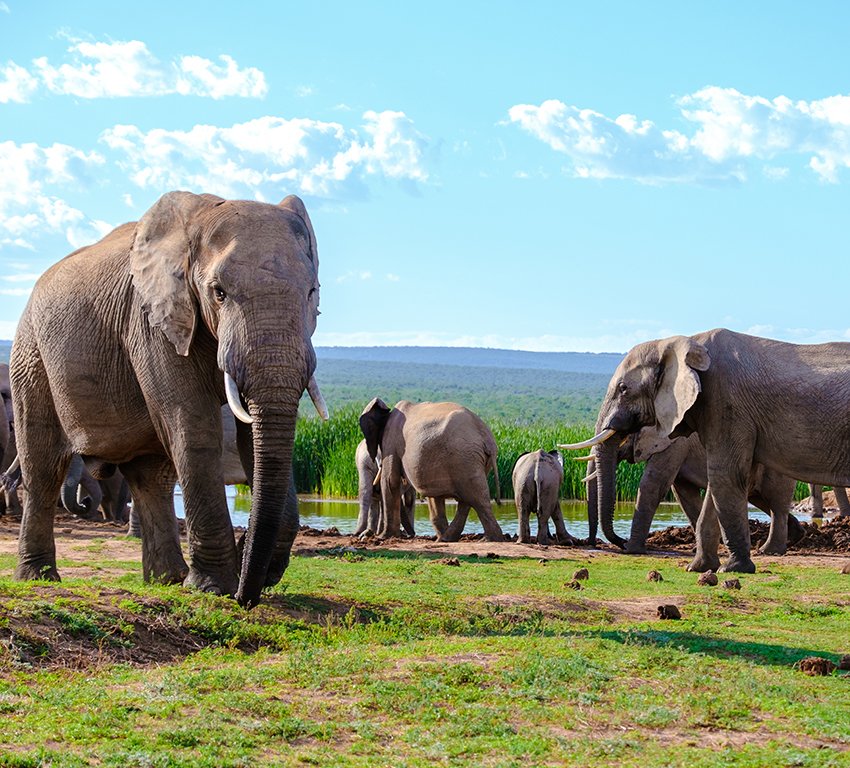Addressing Health Concerns During Your Mount Kilimanjaro Expedition
When embarking on a Mount Kilimanjaro climbing adventure, it’s essential to be aware of potential health issues that some climbers may encounter. When you book one of our mountain expeditions, we provide comprehensive information on first aid and a health guide to ensure your safety and well-being.
**Acute Mountain Sickness (AMS)**
AMS, sometimes referred to as “Altitude Sickness,” can manifest with symptoms such as nausea, headache, exhaustion, rapid pulse, lassitude, insomnia, swelling of hands and feet, and a reduction in urine output. This condition typically occurs at very high altitudes, such as the summit of Mount Kilimanjaro. It can be swiftly treated by descending to a lower altitude, often just a drop of 500 meters is sufficient to alleviate symptoms. Preventive measures include maintaining a slow pace, allowing an extra day for acclimatization, and staying hydrated with 3 to 4 liters of water daily. Preventative medication is also available and should be discussed with your doctor. In severe cases, AMS can lead to edema, potentially causing lung problems and brain tissue swelling, emphasizing the importance of understanding and addressing this condition.
**Hypothermia**
Hypothermia is characterized by symptoms such as shivering (which may stop if severe), slurred speech, clumsy actions, confusion, and fatigue. It occurs when the body’s temperature drops significantly and can be avoided with proper clothing and equipment. To prevent hypothermia, it’s crucial to keep clothing dry, whether from perspiration or rain, and layering clothing is highly effective. Treatment involves moving the affected person to a sheltered area, removing wet clothing, and placing them in three sleeping bags with another person to help raise body temperature.
**Sunburn and Snow Blindness**
Even on cloudy and cold days, the sun’s rays penetrate clouds, posing a risk of sunburn. Sunburn is more severe at higher altitudes due to decreased ultraviolet light filtering. Protect your skin with a high-factor sunblock (SPF 30+) at lower altitudes, and total sunblock above 3,000 meters. Wear sunglasses with side panels to safeguard your eyes. Sunburn can lead to dehydration, so staying well-hydrated is essential. Additionally, climbers should be cautious of snow blindness and may need to bandage their eyes for at least 24 hours.
**Foot Problems**
Wearing suitable footwear is paramount. Ill-fitting or unworn boots can lead to foot pain and blistering. Keep toenails trimmed to prevent them from rubbing against socks. If a blister forms, treat it with appropriate plaster or zinc oxide tape.
**Fitness**
Prior to attempting to climb Mount Kilimanjaro, it’s advisable to consult your physician, especially if you have cardiac or lung issues. Physical fitness is crucial for a successful climb, and adequate preparation is key to a safe and enjoyable expedition.


